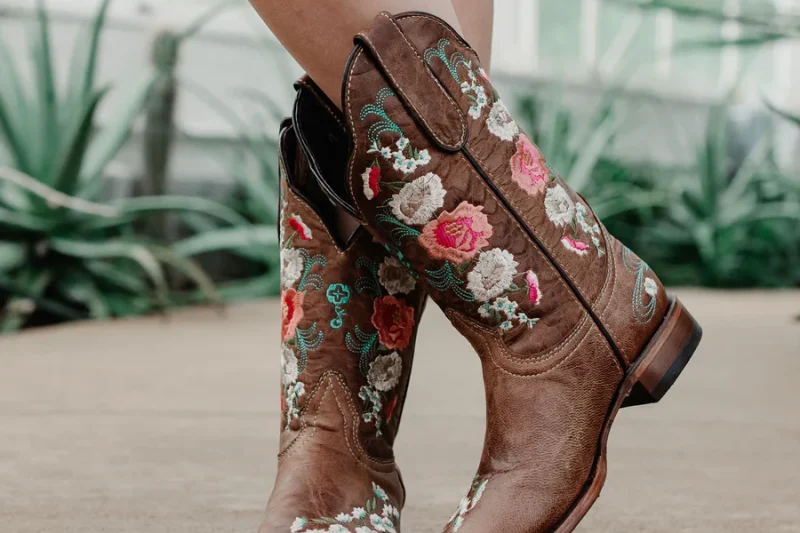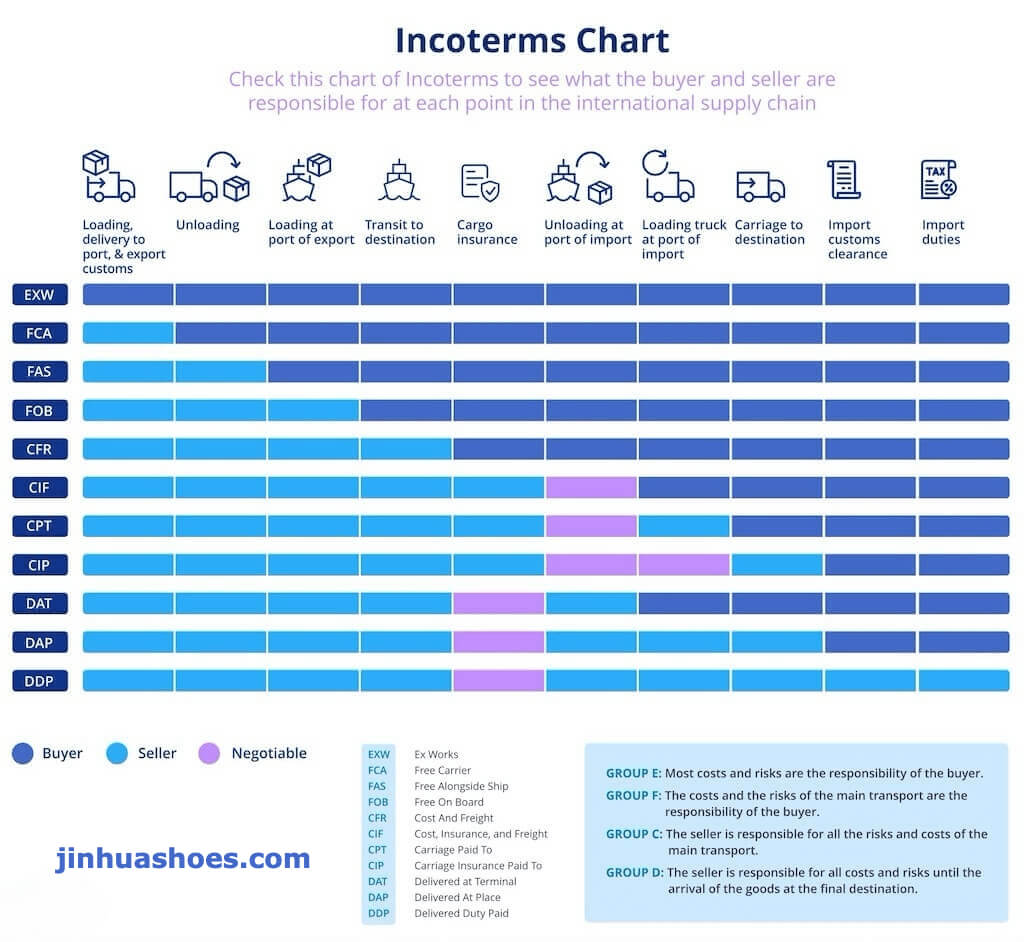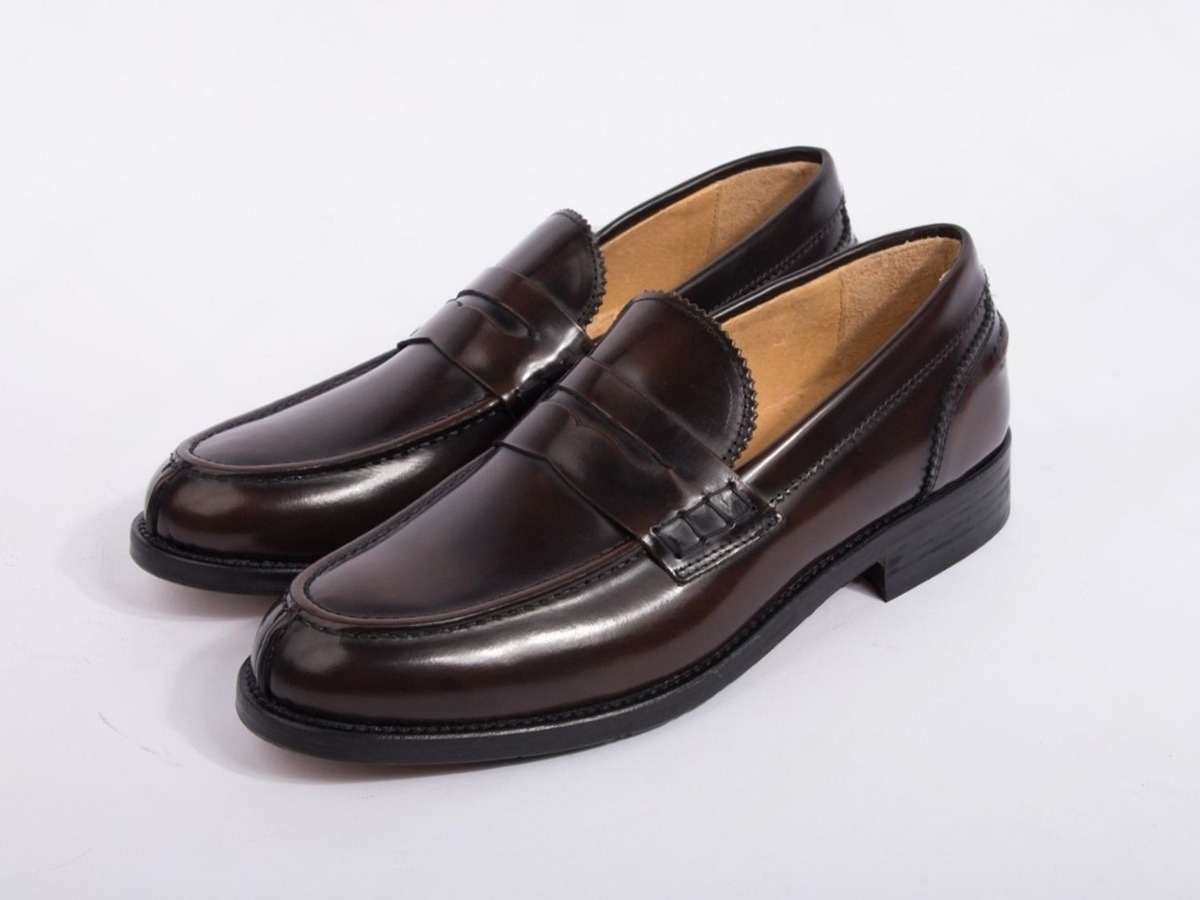Let’s be honest. Western boots aren’t just trending — they’re everywhere. You see them in downtown Los Angeles, on fashion influencers in Seoul, and yes, still on the ranches of Texas. What used to be a niche style is now a mainstream staple.
The global Western boot market is pushing towards $520 million by 2032. Women’s boots make up almost half of that. If you’re building a brand or expanding one, this category makes sense.
And let’s be real — if you’re looking to produce stylish, high-quality boots without spending a fortune, China is on your radar. You’ve probably heard this before. The cost advantages are obvious. But once you actually sit down to Google “Western boot manufacturers in China,” you get lost. Factories. Trading companies. Middlemen. Fluff. Everyone promises “premium quality.” Everyone shows the same sample photos.
That’s where things get hard. Because making a smart choice between a real manufacturing partner and a sourcing disaster can be the line between building a successful brand… or getting stuck with inventory you can’t sell.
I’ve spent over ten years working directly with Chinese footwear manufacturers. I’ve toured dozens of factories. I’ve helped brands launch their first production runs. I’ve also picked up the pieces after another factory cut corners or ghosted after the deposit. This guide is built on that experience.
Nothing fancy. Just straightforward advice that works. No noise. No sales talk. What follows are the steps I’d give to a friend if they were launching a boot brand tomorrow.
Why China Still Dominates Shoe Production in 2025
There’s still debate online about manufacturing in China. Some people assume “Made in China” means low quality. Others say Western boots should only come from Mexico. Here’s the real deal.
Yes, China Makes High-End Boots
Factories in China don’t just churn out cheap sneakers. They also produce for some of the most recognized global names in fashion and performance footwear. We’re talking $200–300+ retail boots made with Goodyear welting, full-grain leather, and durable components.
Good Quality Doesn’t Come From the Country
It comes from the factory, the team, and how they manage materials. A great Chinese manufacturer has experienced leather workers, pattern makers, and a strong internal QC system. Some use advanced tools — laser cutting, 3D prototyping, computer-based pattern grading — and they make boots that are better than many American-made products.
If you choose carefully, you can get the exact boot you want — for a price that allows you to sell it profitably.
China’s Secret Advantage: Materials and Sourcing Speed
When you work with the right factory in China, you’re not just hiring labor. You’re tapping into a mature supply chain.
China has thousands of leather tanners, component makers, hardware suppliers, and outsole factories located within driving distance of major boot manufacturers. Whether you’re looking for Brazilian leather, Italian zippers, or a rugged outsole pattern for all-weather use — you don’t wait months. Often you’ll get samples within days.
Want something unusual? Like waxed bison hide? Or embossed crocodile-print calfskin? The right factory can locate that for you locally — no need to ship it across the world.
This is one of the things most people don’t realize: You’re not just choosing a manufacturer. You’re choosing a production ecosystem.
Step 1: Where To Actually Find Good Boot Factories
Most people start with Alibaba. That’s fine at the beginning. But the best factories — the ones doing serious work — don’t surface easily. And many are too busy to respond unless you approach professionally. Here’s how to do it better.
1.1 Attend Footwear Trade Fairs
If you’re serious, get a ticket. The Canton Fair (Guangzhou) is still one of the strongest sourcing events for general footwear. If you can go even broader, MICAM (Italy) or CHIC (Shanghai) are excellent for premium suppliers who work with fashion brands.
Meeting factories in person allows you to do what emails can’t — shake hands, inspect samples, and read the room. You’ll learn more in one afternoon walking a floor than you will scrolling through profiles for five days.
1.2 Ask for Referrals
Use personal networks. Know any designers, product developers, or buyers? Someone’s worked with a boot supplier before. Ask who they’d recommend — and who they wouldn’t. LinkedIn is helpful here.
Even better, check sourcing communities, industry Slack groups, or Reddit (yes, surprisingly active sourcing subreddits exist).
1.3 Spy on Competitors
Go to a competitor’s product page and flip their boot over. Check for country of origin. Use import tracking sites like ImportGenius or Panjiva and look up brands whose quality and aesthetic you admire. See who’s shipping their goods from China.
It takes a bit of digging, but it’s worth the time.
Step 2: The First Email That Gets a Reply
Great factories don’t chase clients. They select them carefully. The better the factory, the less likely they are to reply to vague emails.
Here’s how to increase your chances of a reply:
Subject: Inquiry – OEM Women’s Full-Grain Leather Western Boots | [Your Brand Name]
Hi [Factory Name],
My name is [Your Name], and I’m the founder of [Brand Name], a women’s footwear brand targeting the North American market.
We’re currently developing a private-label collection of women’s Western boots. We’re looking to work with a manufacturer experienced in full-grain leather uppers, traditional Western stitching, and quality outsole construction.
Our first order is expected to be 500–1,000 pairs per style. I’ve attached a few draft sketches + mood board for reference.
Would you be open to sharing:
Sample designs or cases of previous Western boot styles you’ve made
Info on your minimum order quantity and standard lead times
Your thoughts on our current boot construction (if you have feedback)
Looking forward to hearing from you.
Best regards,
[Your Name]
[LinkedIn URL]
[Website or Instagram if applicable]
Step 3: Vetting the Factory — What Really Matters
Once you get replies, it’s time to vet. This part is non-negotiable. Because mistakes here will cost you thousands before your product hits the shelf.
Verify the Business License – Ask for their official license. Use a Chinese corporate database like Qichacha to confirm they’re real and registered.
Ask for Certifications – At minimum: ISO 9001 (or similar). If you care about labor ethics, ask for BSCI, Sedex, or SA8000 compliance reports.
Request a Live Video Walkthrough – Not just photos. Ask to see their factory floor on a real video call during working hours. If they hesitate, big red flag.
Get Samples Before Any Order – Never place a bulk order based only on photos. If they skip craftsmanship in the sample, they’ll skip it in mass production too.
You’re not just checking for product quality. You’re checking how they make decisions, how they communicate, and whether they respect you as a serious client.
Step 4: How to Judge a Sample Like a Pro
When your sample arrives, take 30 minutes in good light and run these checks:
Smell It
Genuine leather has a slightly earthy, rich smell. Synthetic “leather” often smells sharp, plastic-like, or chemically treated.
Flex and Bend Test
Press and bend the vamp (the front part of the boot). Full-grain leather will show small wrinkles. PU will feel rubbery and crease sharply.
Check the Grain
Zoom in with your phone. Real grain has imperfections — pores, texture inconsistencies. Corrected leather will feel “too perfect.” Synthetic is totally smooth.
Look at the Stitching
Are the stitches even? Are the tension points reinforced? Did they tape or reinforce the heel counter? Filter past appearance. Look at build quality.
Ask Yourself: Does This Boot Deserve a $200 Price Tag?
If you’re hoping to sell this boot at a premium price, does it feel like something a customer would want to wear for three years — not three weeks?
Step 5: Choose Between OEM and ODM
Here’s what these terms really mean:
OEM – Original Equipment Manufacturer
You bring the design. The factory makes your exact boot.
Need detailed sketches or tech packs
Total control over branding, design, and construction
Higher sample fees and tooling costs
Great for differentiation and long-term margins
This is the long game. It’s slower, but it’s where brands build true identity.
ODM – Original Design Manufacturer
You choose from the factory’s existing styles. You tweak colors or branding.
Faster to market
Lower startup cost
Shared designs mean other brands may use the same style
Good for testing markets fast
Not better or worse. Just different. Some of the biggest brands in fast fashion use ODM to stay nimble. You can too if speed is your main concern.
Suggested Manufacturers to Explore
Here are legit contenders in the category. (Not paid placements.)
1. JINHUA Shoes
Ideal for: Brands who want both OEM and ODM options, plus hand-holding through the sourcing process
Not just a manufacturer. JINHUA acts as a strategic partner. They work with midsize brands and startups, offering realistic MOQs and transparent support. They also understand Western boot fit preferences well — including shaft height, heel shape, and calf width.
2. HYD Shoes
Ideal for: Brands who care about craftsmanship and eco-materials
Offers a mix of machine-made and handmade boots. They specialize in Goodyear welted and Blake-stitched options, with access to vegetable-tanned leathers. Great for mid to high-end retail.
3. XINZIRAIN (Chengdu)
Ideal for: Statement footwear, fashion-forward brands
If your brand leans luxury, exotic, or runway-inspired (think crocodile or bold colors), this factory goes beyond basic construction. But keep in mind — MOQs and price points run higher here.
Frequently Asked Questions
Q: What’s the actual cost of manufacturing a leather Western boot in China?
Synthetic fashion boots: $15–25 FOB
Real leather, cemented construction: $35–45
Full-grain + Goodyear welt: $50–70+
Tooling/Molds: Can be $400–2,000 upfront for soles or heels
Q: What’s a typical MOQ?
300–600 pairs per style/color is standard for custom footwear. Some partners (like JINHUA) offer smaller trial runs for test launches.
Q: Do I need a license to import?
Usually no. But work with a customs broker or freight forwarder to handle the shipping and documents.
Q: How do I make sure it’s real leather and not PU?
Try this: Place a small water drop on the leather. Real leather absorbs it slowly; PU will repel it. The smell and flexibility tests also help.
Q: Are big name boot brands really made in China?
Yes. Many major names — including Dr. Martens, Columbia, and others — produce portions of their collections in China or Vietnam. Quality is not about the country. It’s about the factory.
Conclusion: From Sourcing to Success
Let’s be clear: finding the right manufacturing partner in China is the single most important decision you will make when launching your boot brand. It is more important than your logo, your marketing, and even your initial design. A great partner will help you to improve your designs, source better materials, and build a product that your customers will love for years. A bad partner will take your money and deliver a headache.
If you’re ready to build a more profitable and resilient footwear brand, contact us today for a free supply chain consultation. You can start the conversation by reaching out to our expert team through your preferred channel below.
📧 Email: sales@jinhuashoes.com
(You’ll get personalized, expert feedback within 12 business hours.)



